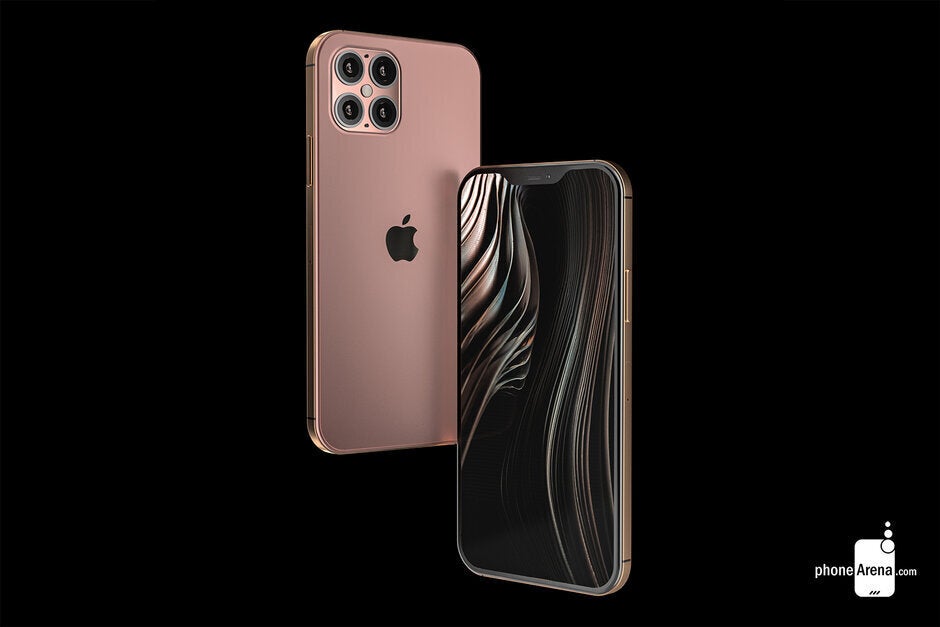Apple Watch technology could help Apple increase battery life on some 2020 iPhone models

Many consider the OLED screens found on the Apple iPhone 11 Pro and iPhone 11 Pro Max (which Apple calls it's Super Retina XDR displays) the best found on any new smartphone released last year. So is the company going to sit on its laurels or work on making the displays even better? According to The Elec (via WCCFtech), one of Apple's display suppliers is adding new equipment to upgrade its production line. LG Display could be ready this year to deliver to Apple touchscreen panels using LTPO backplane technology. The backplane covers the components used by the thin-film transistors and is the component in charge of turning individual pixels on and off. As such, it plays an important role in the display's refresh rate (which could be 120Hz on the Pro models this year) and consumption of power.
Technology used for the Apple Watch display could help Apple hike the battery life on the 2020 iPhones
Low-temperature polycrystalline oxide (LTPO) displays were developed by Apple and are used on the Apple Watch Series 4 and Series 5 timepieces. They are 15% more efficient and consume less power than the current low-temperature polysilicon displays (LTPS) currently employed on the AMOLED screened iPhone. One of the advantages of using LTPO is that the screen can be made thinner. If Apple decides to use the technology for next fall's iPhone models, the company could, in theory, continue to increase the size of the batteries on the phones without making them much thicker. Considering that some (if not all) of the new handsets will be supporting 5G, another dramatic hike in battery life would certainly be well-received by the iPhone faithful.

The new technology needed to produce the flexible AMOLED displays using LTPO is based on equipment that was first used commercially by Samsung. LG expects to move this gear into its E6 line located in South Korea's Gyeonggi Province. Production from this assembly line will be exclusive to Apple. Currently, Samsung is responsible for 90% of the OLED panels used on the 2019 iPhones with LG Display delivering the balance. There is also the possibility that the new technology will reduce the cost to Apple of securing AMOLED displays. But even if that is the case, consumers are not likely to be given the opportunity to take advantage of this.
If reliable TF International analyst Ming-Chi Kuo is right, Apple will release five new iPhone models this year including the iPhone 9. The latter could be released as early as March with a 4.7-inch LCD display. While it will resemble the iPhone 8 in the looks department, it will feature the same 7nm A13 Bionic SoC that powers 2019 models. We also expect to see a bump in memory and a price that starts at $399.
The remaining four 2020 units, at least according to Kuo, will all feature an AMOLED display. These models will include a 5.4-inch iPhone 12 and a 6.1-inch iPhone 12 Plus. Both of these phones will feature a wide and ultra-wide camera. The iPhone 12 Pro will also sport a 6.1-inch display but will have a third camera on the back for telephoto shots. And the iPhone 12 Pro Max, says the analyst, will carry a 6.7-inch display. While it will be equipped with the same three cameras found on the iPhone 12 Pro, the "Max" will also feature a Time of Flight (ToF) sensor. This shoots out infrared light and measures the time it takes for the light to bounce off a subject and return to the phone. Armed with this data, calculations can be made that produce accurate depth information. This will help the iPhone deliver improved AR capabilities, more natural looking bokeh blurs for portraits and could allow Apple to offer a rear-facing Face ID.










Things that are NOT allowed: